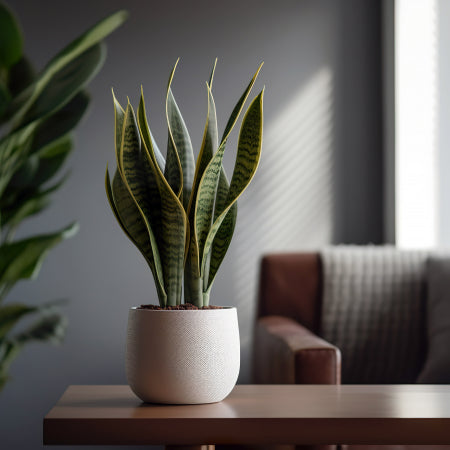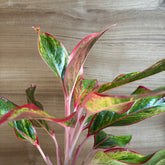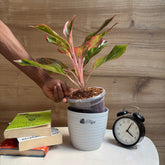Philodendron Growth Stages
Philodendrons are beloved houseplants known for their lush foliage and easy care. Learning about the growth stages of a Philodendron can help you provide the best care throughout its life cycle. Here’s a detailed look at each stage of Philodendron growth, from seed to maturity.
1. Germination Stage
Duration: 2-4 weeks
The germination stage begins when the Philodendron seed is planted. Under the right conditions—warmth, moisture, and light—the seed will begin to sprout. During this stage:
- The seed absorbs water and swells.
- The outer seed coat cracks open.
- A tiny root (radicle) emerges first, followed by a shoot (plumule).
Care Tips:
- Keep the soil consistently moist but not waterlogged.
- Maintain a warm temperature of 70-75°F (21-24°C).
- Provide bright, indirect light.
2. Seedling Stage
Duration: 2-3 months
The seedling stage is marked by the appearance of the first true leaves. These are different from the initial seed leaves (cotyledons) and resemble the mature plant’s foliage.
- Leaves start to take on the characteristic heart or split shape.
- The stem begins to elongate.
Care Tips:
- Continue providing bright, indirect light.
- Water regularly, ensuring the soil remains moist.
- Begin feeding with a diluted, balanced fertilizer every 4-6 weeks.
3. Juvenile Stage
Duration: 6-12 months
During the juvenile stage, the Philodendron shows more rapid growth and starts to develop its climbing or trailing habit. Leaves become more defined and larger.
- The plant may start to produce aerial roots.
- Stems become more robust and may need support.
Care Tips:
- Train the plant to climb a moss pole or trellis.
- Increase feeding frequency to every 3-4 weeks.
- Ensure the plant gets plenty of humidity, especially in dry environments.
4. Adolescent Stage
Duration: 1-2 years
In this stage, the Philodendron is well on its way to maturity. It has established a strong root system and vigorous growth pattern.
- Leaves are near their mature size and shape.
- The plant may start to exhibit more pronounced growth habits, like vining or spreading.
Care Tips:
- Regularly prune to manage size and shape.
- Provide consistent moisture and avoid letting the soil dry out completely.
- Keep feeding with a balanced fertilizer every 2-3 weeks during the growing season.
5. Mature Stage
Duration: 2+ years
A mature Philodendron is a lush, full plant with large, characteristic leaves. It may start to produce flowers in ideal conditions, though this is rare indoors.
- The plant has reached its full growth potential.
- Leaf production may slow, but the plant remains healthy and robust.
Care Tips:
- Maintain a regular watering schedule, adjusting for seasonal changes.
- Feed with a balanced fertilizer monthly during the growing season.
- Monitor for pests and diseases regularly.
6. Reproduction Stage
Description: While not all Philodendrons will flower indoors, some may produce small, inconspicuous flowers. If conditions are right, you might see the development of berries containing seeds.
- Flowering is more common in mature plants and under optimal conditions.
- Seeds can be harvested and propagated to grow new plants.
Care Tips:
- If flowers appear, continue providing excellent care.
- Collect seeds if you wish to propagate new plants.
Tips for All Stages
Below are the General tips for all stages of the the Philodendron Plant.
- Light: Philodendrons thrive in bright, indirect light but can tolerate low light conditions.
- Water: Keep the soil consistently moist, but not soggy. Allow the top inch of soil to dry out between waterings.
- Humidity: These plants love humidity. Increase humidity by misting the leaves, using a humidifier, or placing a tray of water near the plant.
- Temperature: Ideal temperatures range from 65-80°F (18-27°C).
- Soil: Use a well-draining, peat-based potting mix.
- Fertilizer: Feed with a balanced liquid fertilizer during the growing season (spring and summer).
Understanding the growth stages of your Philodendron will help you provide the best care and enjoy its beauty for years to come.







